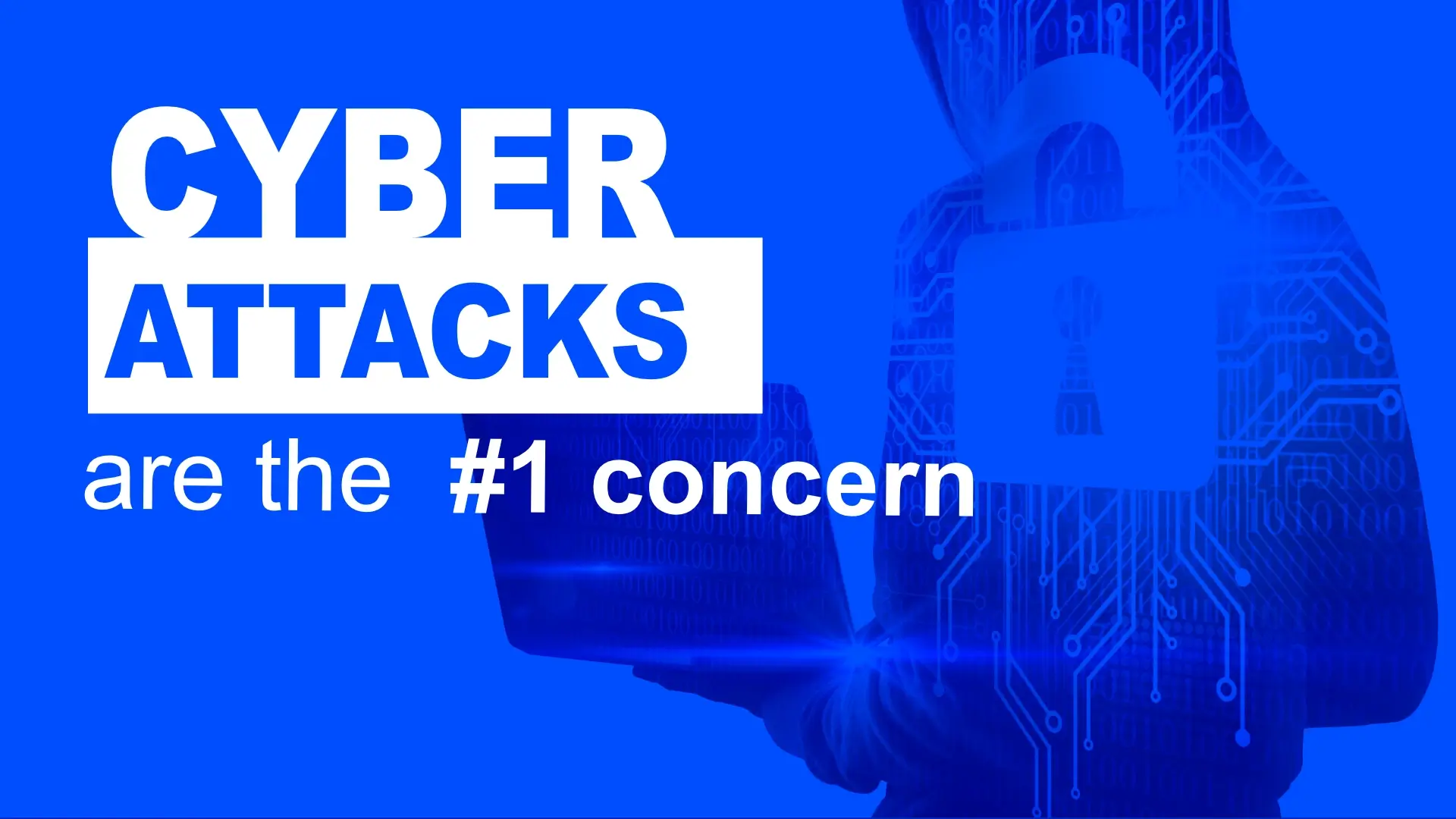Ask any small or mid-sized business owner what keeps them up at night, and you’ll get a range of answers: inflation, hiring, customer churn, supply chain issues. But according to the 2025 Allianz Risk Barometer, one concern has taken the top spot for the fourth year in a row: cyberattacks.
That’s not just a tech department issue. It’s a business issue. One that affects productivity, reputation, and even your ability to stay open after an incident.
So what exactly is a “cyber incident,” and why is it topping global risk reports year after year?
Let’s break it down.
What Counts as a Cyber Incident?
“Cyber incident” is a catch-all term that includes any kind of malicious digital disruption. It can show up in a few different ways:
- Ransomware – A hacker locks your files and demands payment to unlock them
- Phishing attacks – A fake email tricks someone into clicking a link or sharing sensitive credentials
- Data breaches – Customer, employee, or business information is stolen or exposed
- Vendor or software compromise – Someone in your supply chain gets hacked, and it affects your systems
- Denial-of-service attacks – Your website or systems are flooded with traffic and taken offline
No matter how it happens, the result is usually the same: downtime, lost revenue, unhappy customers, and a big headache for you and your team.
Why SMBs Are Prime Targets
Here’s the twist most business owners don’t see coming: cybercriminals aren’t just going after big corporations. In fact, small and mid-sized businesses are often easier, more frequent targets.
Why?
- You may not have a dedicated IT or security team
- You’re likely using a mix of apps and platforms that aren’t always connected or monitored
- Staff may not be trained on how to spot cyber threats
- Your business still holds valuable data; customer info, credit card numbers, vendor contracts, etc.
To a hacker, that’s more than enough to work with. And once you’re hit, you’re also the one who has to explain it to customers, vendors, and regulators.
Why This Should Be on Your Radar Now
The Allianz report didn’t just highlight cyber risks in passing. It emphasized them as the top concern for global businesses; above inflation, supply chain issues, and economic volatility. That tells you something.
For business owners, that risk translates to a few real-world outcomes:
- Lost revenue from downtime – If your systems go down, so does your ability to make money
- Damaged reputation – Customers lose trust quickly when their data is compromised
- Costly recovery – Whether it’s paying a ransom or hiring experts to clean up the mess, recovery isn’t cheap
- Compliance violations – Depending on your industry, a breach might land you in hot water legally, too
And unfortunately, many small businesses don’t recover from a serious cyberattack. According to some stats, 60% of SMBs close within six months of a major breach.
What You Can Do to Protect Your Business
You don’t need a massive IT budget to take meaningful steps. Here are a few practical things you can do right now:
1. Assess Your Current Security
Start with a cybersecurity assessment. It gives you a clearer picture of your weak spots—whether it’s outdated software, unprotected devices, or lack of staff training.
2. Lock Down the Basics
These steps alone can block most common threats:
- Use multi-factor authentication (MFA) on email, cloud apps, and admin logins
- Set up automatic updates and patches for all devices and software
- Install a quality endpoint security tool (think: next-gen antivirus)
- Backup your systems regularly and store those backups securely
3. Train Your Team
Your employees are your first line of defense. Give them basic training on spotting phishing emails, handling sensitive data, and reporting anything suspicious.
4. Have a Response Plan
If something goes wrong, you need to know what to do and who to call. An incident response plan helps you act fast, limit damage, and communicate clearly with stakeholders.
Final Thoughts
Cyber incidents aren’t just an IT problem, they’re a business risk. One that’s not going away any time soon.
If you’re running a small or mid-sized business, your ability to stay protected is directly tied to your ability to stay in business. And while the headlines might focus on breaches at big companies, the numbers show it’s small businesses that are getting hit the hardest, and often have the least room to recover.
So the real question is: Are you doing enough to keep your business off a hacker’s radar?
